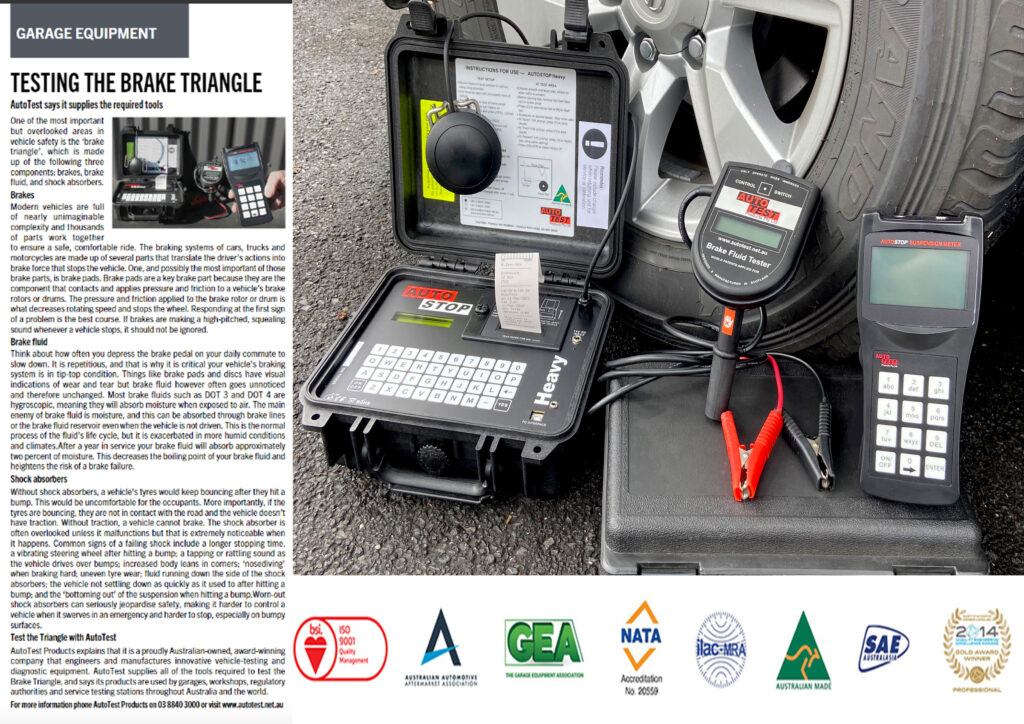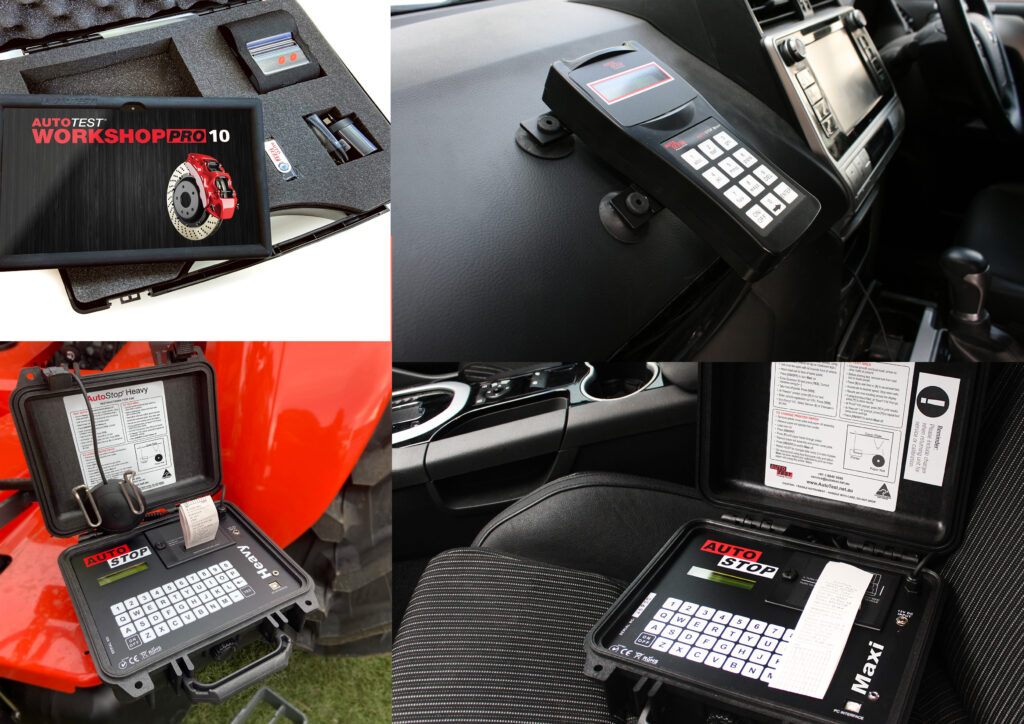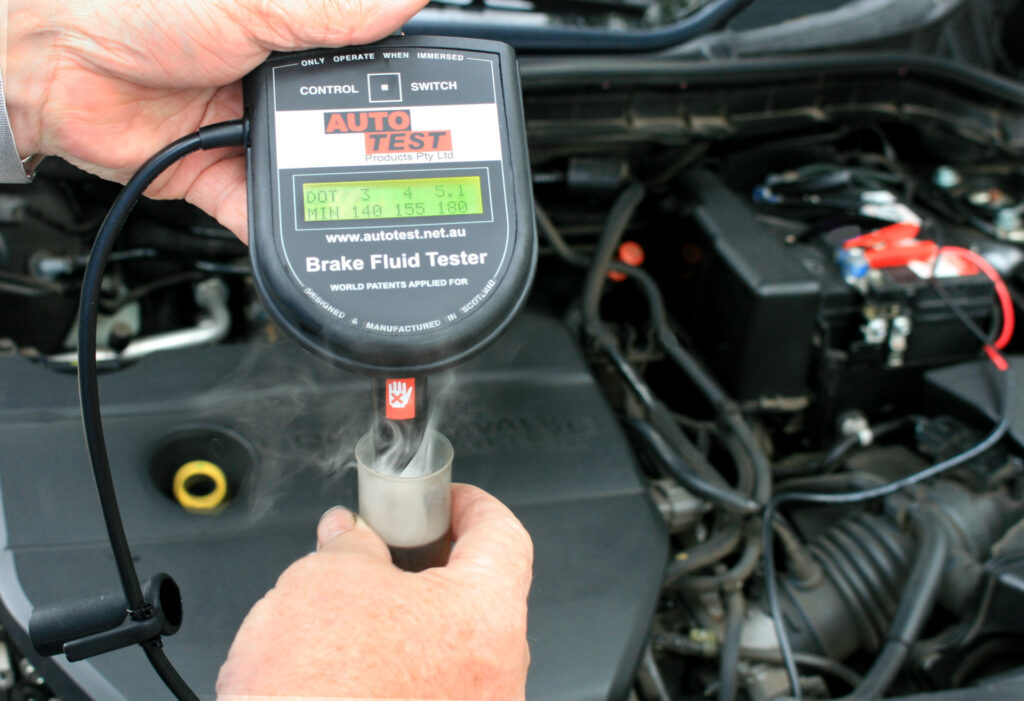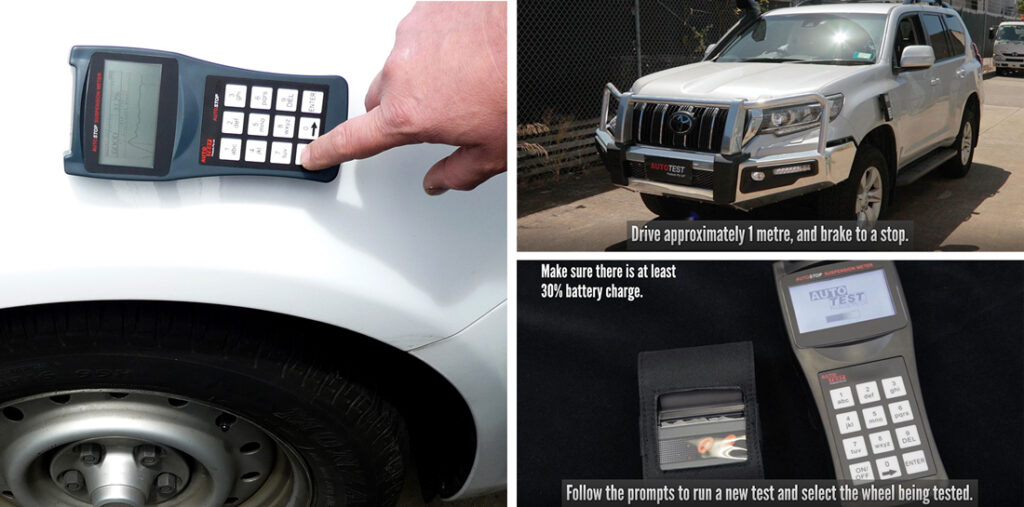
As featured in Australian Automotive Aftermarket Magazine – APRIL 2023
The brake triangle – fault warnings you shouldn’t ignore!!
One of the most important but overlooked areas in vehicle safety is the ‘brake triangle’, which is made up of the following three components:
BRAKES
The brake system is arguably the most important part of a vehicle. Imagine driving down the road and approaching a stop sign; you press your foot on the brake pedal and nothing happens. How would the vehicle stop and what would happen?
Modern vehicles are full of nearly unimaginable complexity and thousands of parts work together to ensure a safe, comfortable ride. But just how complex are the components of a braking system?
The braking systems of cars, trucks and motorcycles are made up of several parts that translate the driver’s actions into brake force that stops the vehicle. One, and possibly the most important of those brake parts, is brake pads. Brake pads are a key brake part because they are the component that contacts and applies pressure and friction to a vehicle’s brake rotors or drums. The pressure and friction applied to the brake rotor or drum is what decreases rotating speed and stops the wheel.
Responding at the first sign of a problem is the best course. If your brakes are making a high-pitched, squealing sound whenever you stop, don’t ignore it. Take your vehicle to a specialist and see what’s causing the problem. It could be anything from misaligned brake pads, worn-out brake pads, worn discs or drums to contaminated brake fluid.

AutoTest Brake Testers
BRAKE FLUID
Brake fluids must have certain characteristics and meet certain quality standards for the braking system to work properly. Brake fluid is subjected to very high temperatures. It must have a high boiling point to avoid vaporising within the lines. Vaporisation is a problem because vapour is highly compressible relative to liquid, which will result in the brakes failing to stop the vehicle.
Most brake fluids used today are glycol-ether based. Glycol-ether (DOT 3, 4 and 5) brake fluids are hygroscopic, which means they absorb moisture from the atmosphere. Glycol-based brake fluid starts to absorb moisture from the moment it is put in the hydraulic brake system or exposed to the air. The fluid attracts moisture through microscopic pores in rubber hoses, past seals and exposure to the air. The problem is obviously worse in wet climates where humidity is high.
Reliable and consistent brake-system operation depends on the fluid’s viscosity, the thickness of the fluid or its resistance to flow. This is especially important in vehicles with an anti-lock braking system (ABS), traction control or stability control (ESP). Brake fluid with the wrong viscosity can lead to fatal consequences for the function of modern brake systems.
Brake fluids must maintain a low level of compressibility. This is important to ensure consistent brake-pedal feel. Whether you have been driving and using the brakes all day or have just started your vehicle and used the brakes for the first time, the pedal should feel the same. As compressibility increases, more brake-pedal travel is necessary for the same amount of brake force and the brake pedal will feel different.
The brake fluid in the average vehicle may contain as much as two per cent water after only a year of service. After several years, it is not unusual to find brake fluid that contains as much as seven to eight per cent water.
Excessive water content will decrease the boiling point of brake fluid and increase the risk of vapour lock. The compression of a vapour lock when applying the brake pedal can lead to total hydraulic brake-system failure. Water also promotes corrosion of important metal brake components.

AutoStop Brake Fluid Tester
SHOCK ABSORBERS
Shock absorbers exist for two main reasons:
Without shock absorbers, a vehicle’s tyres would keep bouncing after they hit a bump. This would be uncomfortable for the occupants. More importantly, if the tyres are bouncing, they are not in contact with the road and the vehicle doesn’t have traction. Without traction, a vehicle cannot brake.
A modern shock absorber is a hydraulic piston in a metal tube situated behind each wheel. The wheels must be removed to an inspect a shock absorber, but the good news is it is easy to find out if one is failing.
The shock absorber often overlooked unless it malfunctions but that is extremely noticeable when it happens. Common signs of a failing shock include:
Worn-out shock absorbers can seriously jeopardise safety. They make it harder to control a vehicle when it swerves in an emergency and harder to stop, especially on bumpy surfaces.

AutoStop Suspension Meter
TEST THE TRIANGLE WITH AUTOTEST
AutoTest Products is a proudly Australian-owned, award-winning company that engineers and manufactures innovative vehicle-testing and diagnostic equipment. The company’s products are used by garages, workshops, regulatory authorities and service testing stations throughout Australia and the world. AutoTest supplies all of the tools required to test the brake triangle.
Keep your workshop and equipment updated!
Subscribe to our newsletter for exclusive sales, discounts, and the latest news.
Sign up today!